
According to Duan, a total of 2,894 marathons were registered in 2011 by IAAF, the governing body of athletics. Nearly 800 of the races were held in the United States, nearly 800 in Germany and some 200 in Japan, while only 22 were held in China.
"Now we have 33 races, and in the near future we may have 50, but still we are far behind," said Duan.
"With the fast development of China's economy, more and more people become well-off and more and more people begin to realize the importance of doing exercise.
"Running or jogging is the least expensive way to exercise. People can jog in the park or on the street and an annual marathon event in the city can well encourage the public, especially the youth, to stick to their jogging habit and test their progress in the race."
Joggers are not the only beneficiaries from marathons. The host cities use the race as a platform to demonstrate the city's image and promote tourism. In most cases, marathon routes are planned to showcase the most important scenery, monuments and landscapes in the city especially when the race is live televised by the national broadcaster.
The CAA understands the influence of live broadcast. In the newly introduced race rating system, live broadcast through the national channel is the nonnegotiable requirement for gold label races.
The host cities have also realized the advertising value of city marathons and have tried every means to emphasize the cultural character of the city.
 |  |
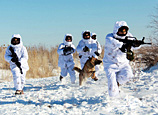
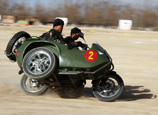
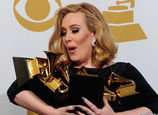
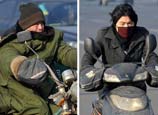
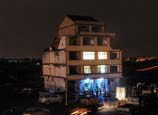
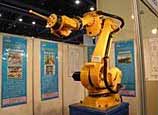

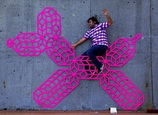






 Temperatures recorded since the end of November have marked the lowest to hit China in 28 years
Temperatures recorded since the end of November have marked the lowest to hit China in 28 years


![]()
